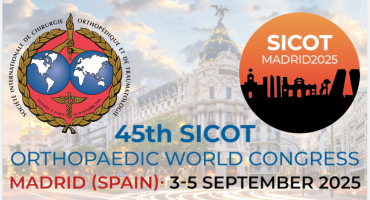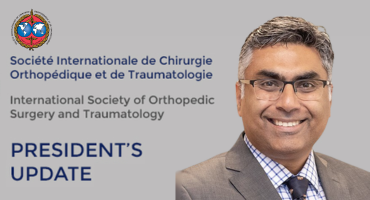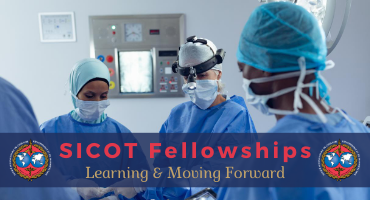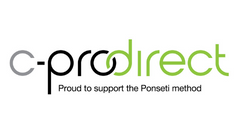J Bone Joint Surg Am. 2025 May 13. doi: 10.2106/JBJS.24.00744. Online ahead of print.
ABSTRACT
BACKGROUND: Conventional sonication is a recommended method in the diagnosis of periprosthetic joint infection (PJI), but the accuracy of diagnosis is still not ideal. We have applied the use of a handheld ultrasonic device and the intraoperative direct sonication of prostheses and soft tissues retrieved during surgery to improve the efficacy of the microbiological diagnosis of PJI and the incubation time of pathogens.
METHODS: This was a retrospective study of patients diagnosed with PJI or aseptic loosening who underwent revision, DAIR (debridement, antibiotics, and implant retention), or resection, and for whom either sonication method was used between July 2017 and June 2023. Starting in August 2021, the removed implants and adjacent soft tissue were directly sonicated in a small metal container, and then the sonication fluid was incubated in blood culture bottles in the operating room under laminar air flow. Conventional sonication was continued through July 2021, and included vortex mixing for 30 seconds, sonication for 5 minutes, and additional vortex mixing for 30 seconds, as described by Trampuz et al. in 2007. The sensitivity, specificity, and time to positivity (TTP) of pathogen cultures were compared between intraoperative direct sonication and conventional sonication.
RESULTS: Of the 415 included patients, 266 had PJI and 149 had aseptic loosening. Fluid from intraoperative direct sonication and conventional sonication showed sensitivities of 88% and 69% (p < 0.001) and specificities of 84% and 93% (p = 0.105), respectively. Higher sensitivity was obtained by intraoperative direct sonication of only soft tissue than by direct sonication of only the prosthesis (80% versus 75%). Culture results from intraoperative direct sonication of soft tissue and the prosthesis were inconsistent in 55 cases (soft tissue plus prosthesis: 28 cases, soft tissue only: 17 cases, and prosthesis only: 10 cases). Gram-positive organisms grew significantly faster following direct sonication (median TTP for soft-tissue, 2.12 days [interquartile range (IQR), 1.40 to 3.16 days], and median TTP for the prosthesis, 2.02 days [IQR, 1.08 to 3.04 days]) compared with conventional sonication (median TTP, 2.92 days [IQR, 1.83 to 3.96 days]) (p = 0.003 and p < 0.001, respectively).
CONCLUSIONS: Intraoperative direct sonication was more sensitive than conventional sonication for the microbiological diagnosis of PJI and slightly shortened the TTP of microorganisms.
LEVEL OF EVIDENCE: Diagnostic Level III. See Instructions for Authors for a complete description of levels of evidence.
PMID:40359254 | DOI:10.2106/JBJS.24.00744














